Curious Questions: Why do we carve pumpkins at Halloween?
The devilishly smiling image of Jack O'Lantern is inseparable from Halloween, but what's the story behind it? Martin Fone explains — and discovers that the festival many complain about as an American import has been this side of the Atlantic for centuries.
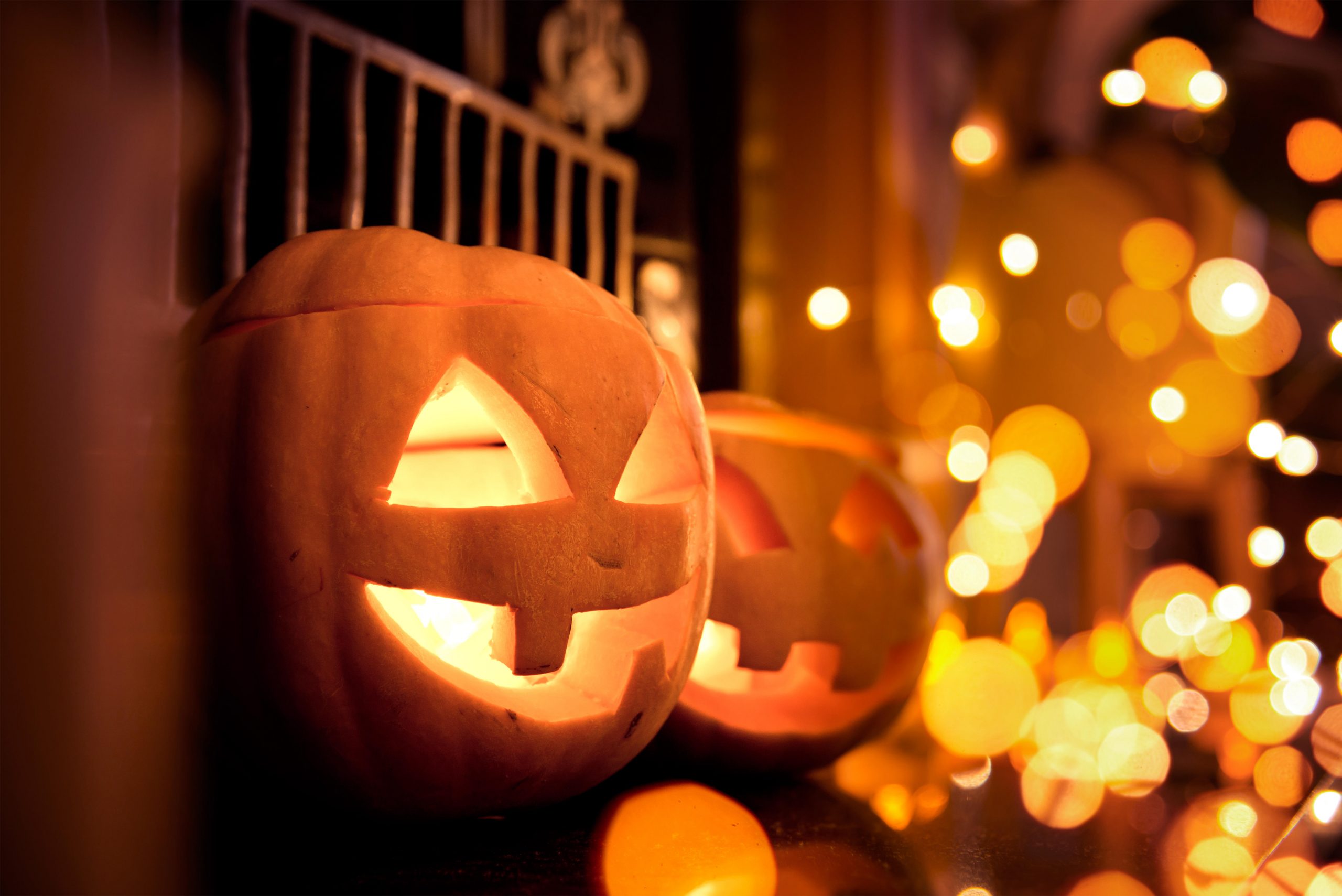

Halloween, a corruption of All-Hallows’ Eve, is a glorious gallimaufry of pagan and Christian traditions. Straddling the approximate midpoint between the autumnal equinox and the winter solstice, October 31st for the Celts was the end of the harvest season and the start of winter, a moment marked by one of their most important festivals, Samhain. An occasion for much feasting and drinking, and lasting for several days, it was also the time to prepare for the winter ahead. Grains, fruits, and vegetables crops were made safe, animals slaughtered, and their meat preserved. The bones were burnt on large fires, a custom that gave rise to our word ‘bonfire’.
On a more spiritual level, Samhain was the point at which the dividing line between the living and the dead was at its most nebulous. Ghosts of dead family members would return to make a visit and in anticipation, the living would leave plates of their favourite foods for them to enjoy. However, there was no telling who might visit.
Revellers wore elaborate costumes and daubed their faces with ashes from the fire to reduce the possibility of being recognised by the spirit of someone whose enmity they had earned. They also played tricks and pranks on their neighbours, using the elves, sprites, and fairies who were said to appear at Samhain as convenient scapegoats for their japes.
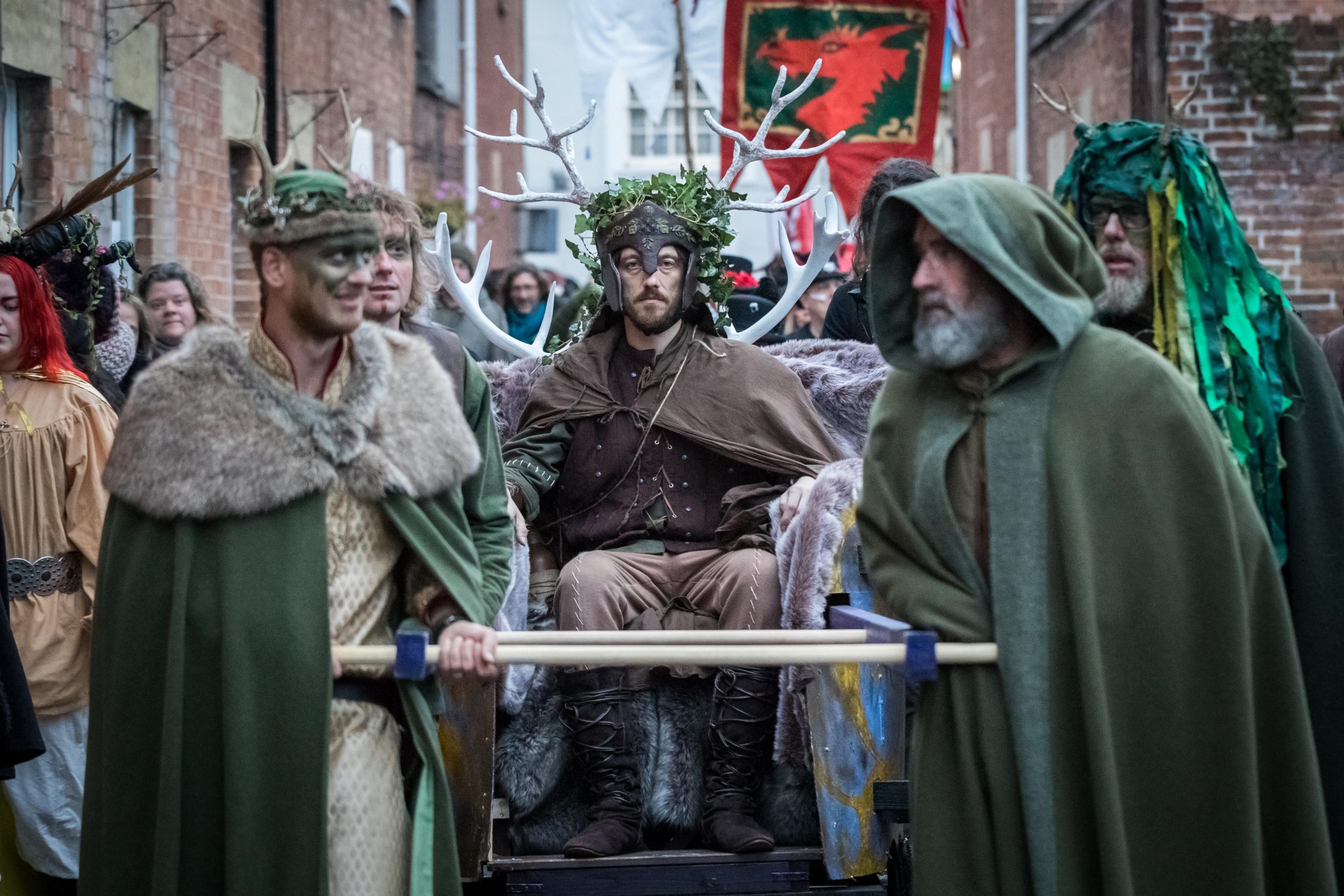
The Roman festival of Lemuria was dedicated to placating the angry and restless dead with a form of exorcism in which, according to Ovid, (Fasti V, 422ff), the head of the household walked barefoot around the house at midnight throwing beans over his shoulder and ordering the malevolent spirits to depart. On behalf of the city the Vestal Virgins prepared a salted flour cake, mola salsa, using sacred water and the first ears of the season’s wheat harvest mixed with grounded salt to propitiate the spirits.
May 13th, the date of the last day of Lemuria, was chosen by Pope Boniface IV, in the early 7th century, to commemorate all the church’s martyrs, All Martyrs’ Day. A century or so later Pope Gregory III expanded it to include all saints. Whether he moved the now All Saints’ Day to November 1st is unclear, but, according to the Venerable Bede, that date was soon adopted by English, Irish, and German churches for the celebration of All-Hallows’ Day, derived from the Middle English word for All Saints’ Day, Alholowmesse.
The souls of the departed were commemorated on the following day, November 2nd, All Souls’ Day. Graves were visited, candles and bonfires lit, parades were held with revellers dressed as saints, angels, and devils, and on the night of All Saints’ Day church bells were rung for the souls in purgatory to enjoy.
On both All Saints’ and Souls’ Days, according to John Mirk in around 1380, ‘good men and women would…buy bread and deal it for the souls that they loved, hoping with each loaf to get a soul out of purgatory’, a custom known as ‘souling’. Soon Shakespeare’s ‘beggars at Hallowmas’ (Two Gentlemen of Verona, (Act 2, Scene 1)) began to take the initiative, knocking on doors offering to say prayers or sing psalms for the dead in return for a soul-cake.
Exquisite houses, the beauty of Nature, and how to get the most from your life, straight to your inbox.
John Aubrey tells of piles of small cakes set out on All Souls’ Day in Shropshire houses, visitors taking a soul-cake on the understanding that they would pray or say a rhyme for the souls of departed family members (Remaines of Gentilisme and Judaisme (1686-7)). One ‘old Rhythm or saying’ he records went ‘a Soule-cake, a Soule-cake,/ have mercy on all Christen soules for a Soule-cake’. The idea that the dead were comforted by the gift of food had clearly survived the Protestant Reformation.
Soul-cakes were small round biscuit-like cakes made with dough and oats, often seasoned with cinnamon and mixed spices. A recipe in Elinor Fettiplace’s Receipt Book (1604) recommended using nutmeg, cloves, and mace, with saffron and fruit as optional extras. For decoration they had a distinctive cross shape cut into the top to signify that they were being given as Alms for the dead.
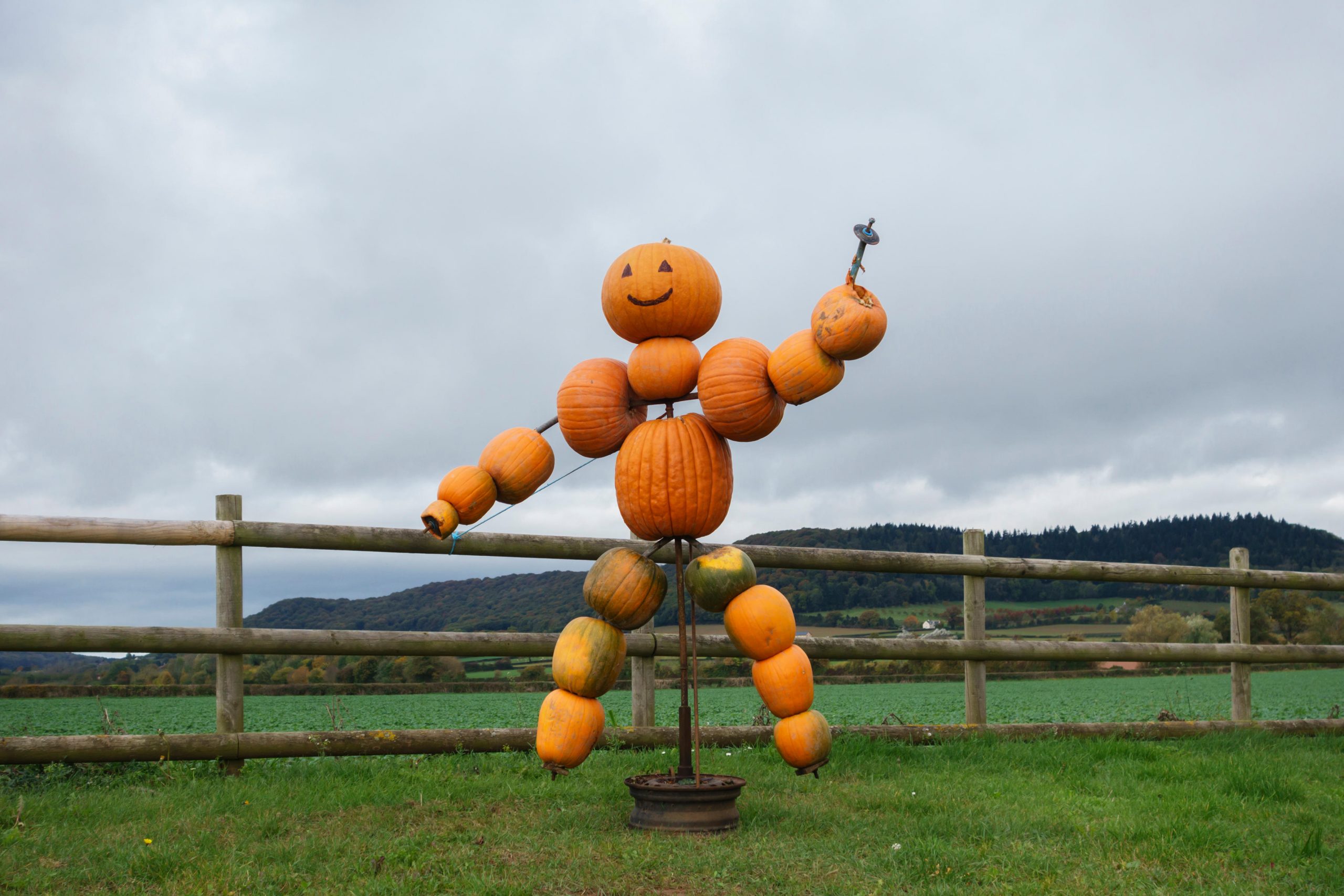
‘Souling’ was still practised in the 19th century, particularly in Shropshire, Cheshire, and Lancashire, with children taking the lead role. Their songs, now devoid of any religious connotations, were little more than begging-songs, extending the list of acceptable gifts to include apples, pears, plums, and cherries, ‘anything to make us merry’. By the mid-century, Michael Denham, a contemporary historian, noted that only ‘a few thrifty, elderly housewives still practice the old custom of keeping a soul mass-cake for good luck’.
In Irish folklore Stingy Jack had a penchant for playing tricks on the Devil. After inviting him for a drink, Jack, living up to his nickname, refused to pay and persuaded the Devil to turn himself into a sixpence. Instead of using the coin, Jack put it in his pocket next to a silver cross, preventing the Devil from changing back to his original form. Eventually Jack released him on the proviso that he let him be for a year. On their next encounter Jack persuaded the Devil to climb a tree and pick an apple. While the Devil was up the tree, Jack trapped him by carving the sign of the cross in its bark, forcing the Devil to agree to leave Jack alone for ten years and not to claim his soul when he died.
On his death, Stingy Jack was refused entry into Heaven and the Devil kept his side of the bargain. Condemned to spend his afterlife roaming around the world, to light his way, he carried a lantern carved from a turnip, with a red-hot ember burning inside, a gift from Hell from the Devil. Known as Jack of the Lantern or Jack O’Lantern, his ghostly light was often seen by the superstitious, although, more prosaically, what they probably saw were will-o-the-wisps, marsh gasses that glow in the dark.
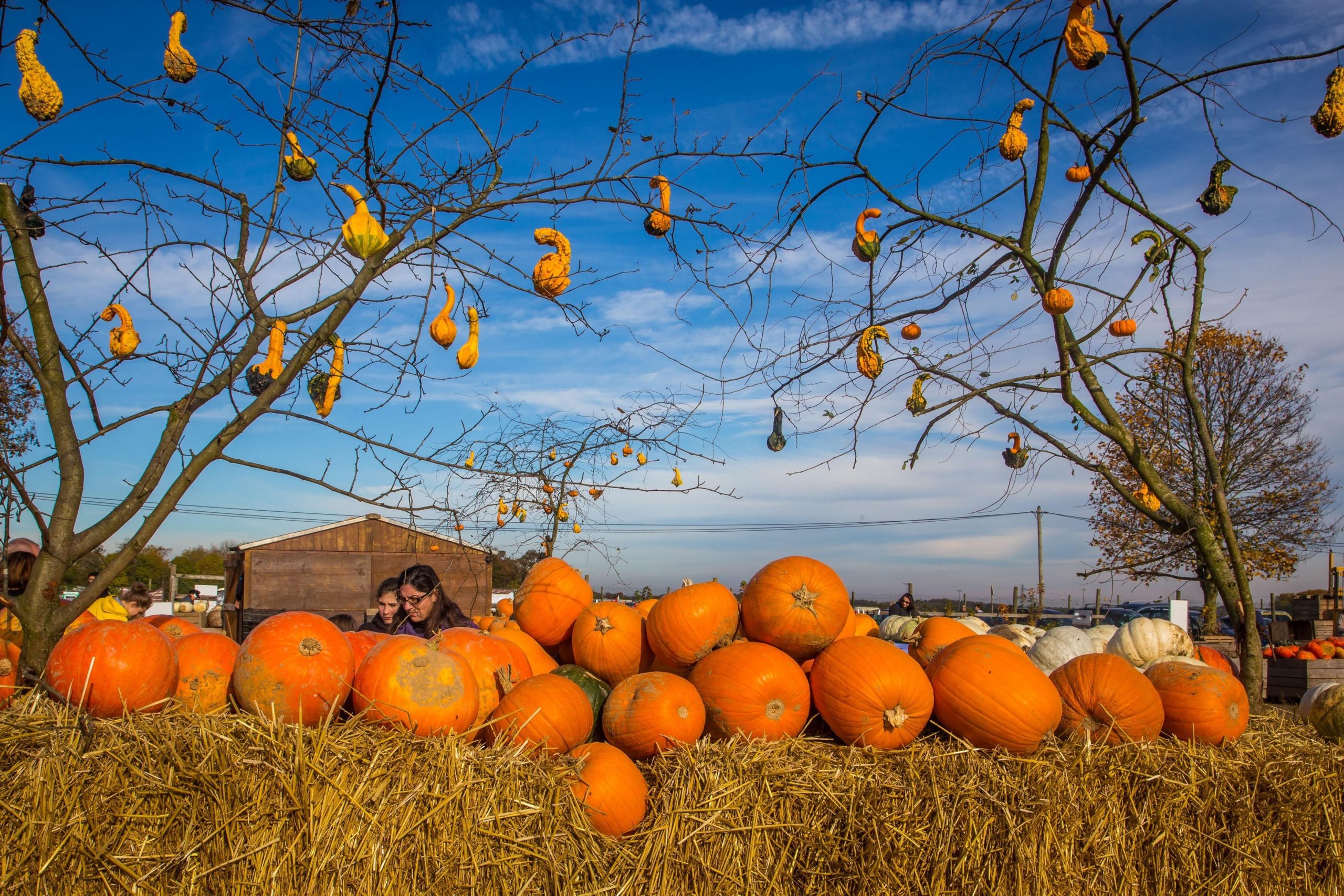
For several centuries the Irish hollowed out turnips or mangelwurzels and carved scary faces into the external flesh. A candle was inserted into the hollowed vegetable, which, when lit, accentuated the ghoulish features of their creation. They were either placed in windows or carried as the revellers went out souling to frighten the unwary and to ward off evil spirits. There were even competitions, the Limerick Chronicle reporting in 1837 that a local pub held a competition at which a prize was presented for the ‘the best crown of Jack McLantern’.
In Worcestershire at the end of the 18th century turnips were carved to make ‘Hoberdy’s Lantern’ while others used potatoes or large beetroots. The hard flesh made it a painstaking exercise and the Irish migrants to America must have been delighted to discover one of the country’s most distinctive indigenous fruits, the pumpkin.
Larger, with softer flesh and a hard exterior, they were much easier to carve and produced more impressive results. Once pumpkins found their way to Britain, there was no turning back.
Halloween with its ghoulish costumes, trick-or-treating, and pumpkin lanterns might strike some as being an American cultural import, but it has been with us for centuries, just in different forms.
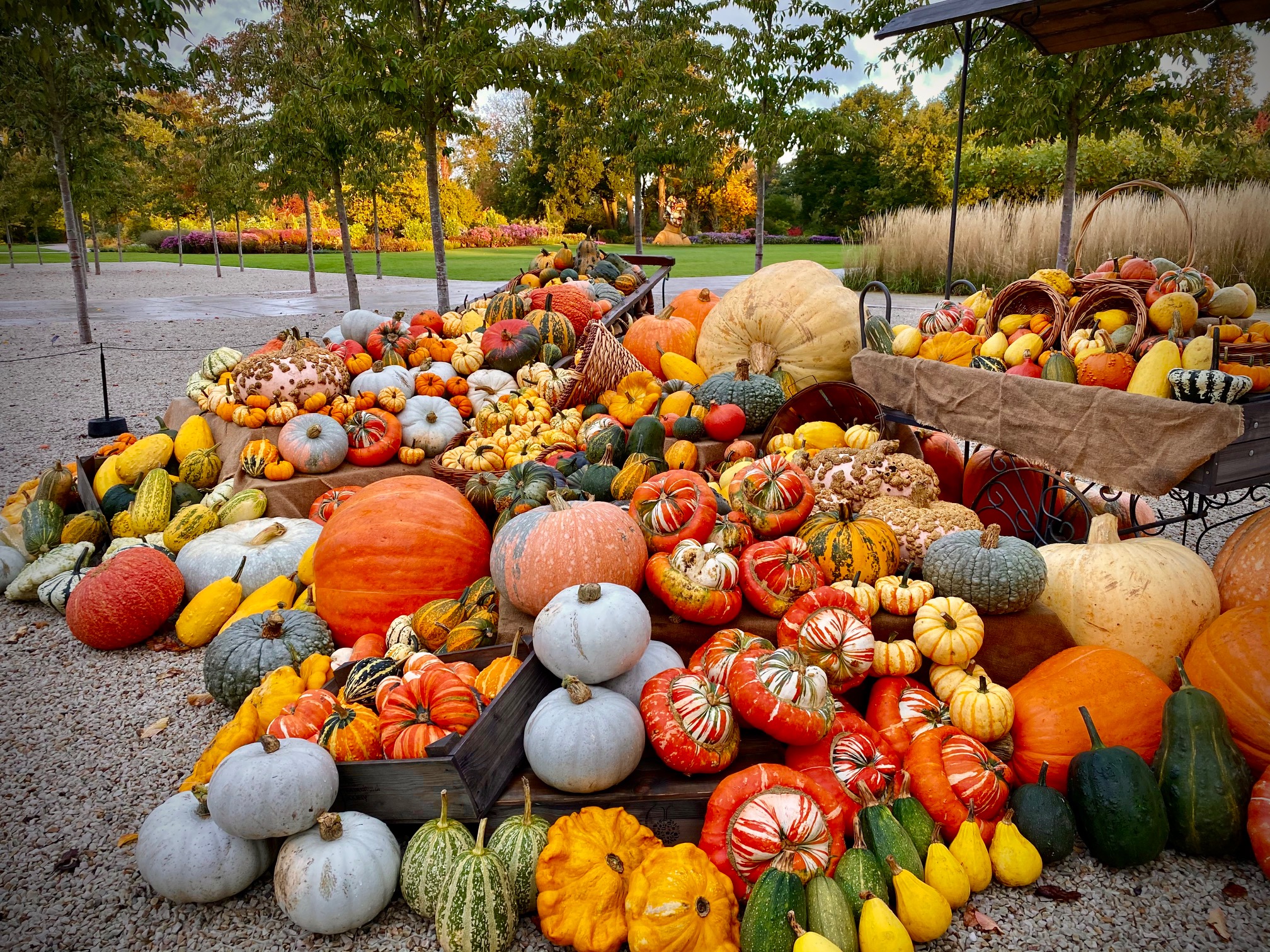
Curious Questions: Is a pumpkin a fruit or a vegetable?
The rows upon rows of ghoulish, glowing squash down your street can only mean one thing: it’s Halloween. But have

How to put on the ultimate Halloween Feast, from eating eyeballs to drinking blood
Throwing a Halloween party this year? Here are our favourite suggestions for nightmarish nibbles and demonic drinks with which to
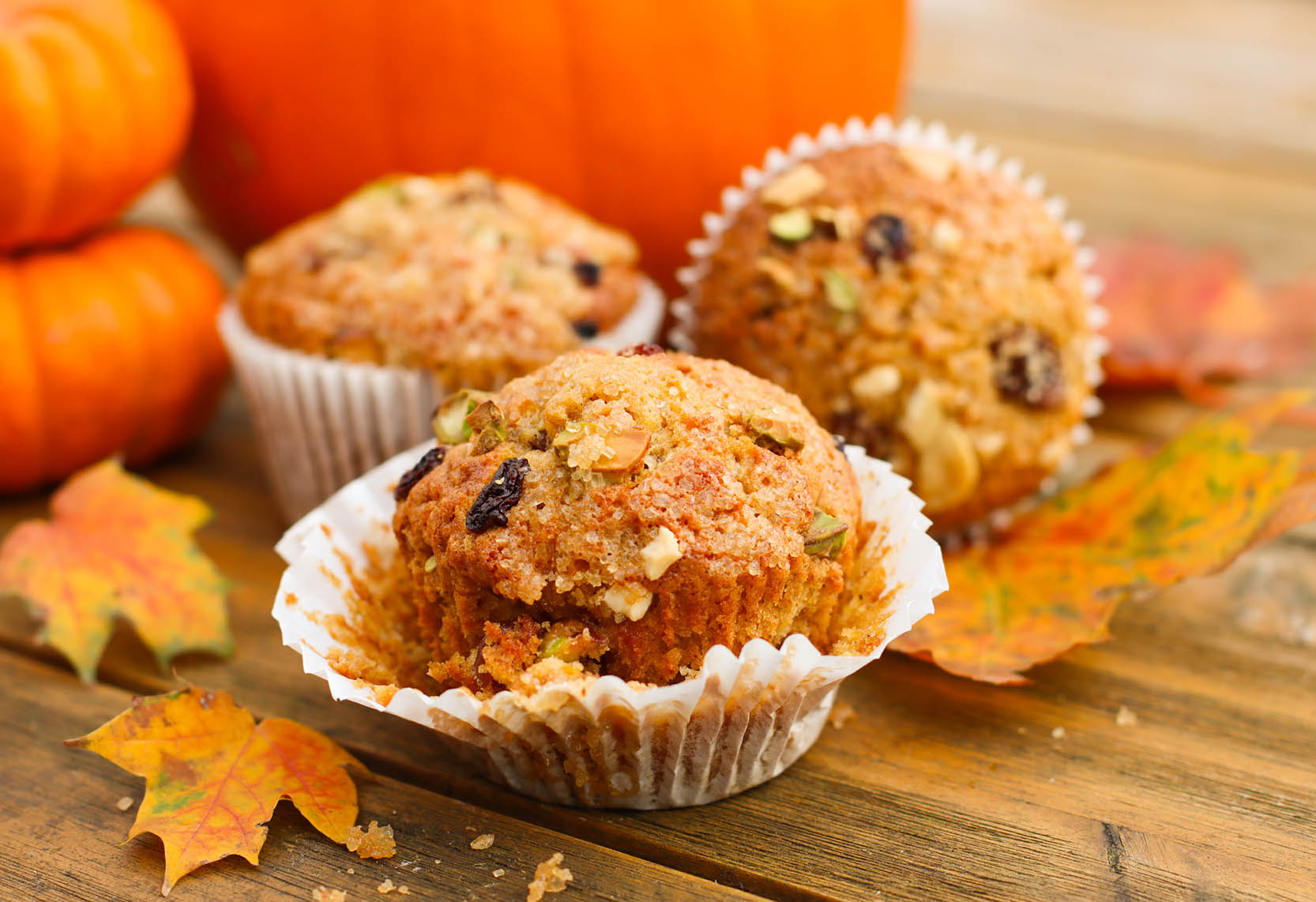
Credit: Gemma Simmonite
How to make pumpkin spiced muffins for a delicious Halloween-themed treat
Gemma Simmonite of the Gastrono-Me cafe shares her recipe for pumpkin muffins, giving you and your kids a Halloween taste
After graduating in Classics from Trinity College Cambridge and a 38 year career in the financial services sector in the City of London, Martin Fone started blogging and writing on a freelance basis as he slipped into retirement. He has developed a fearless passion for investigating the quirks and oddities of life and discovering the answers to questions most of us never even think to ask. A voracious reader, a keen but distinctly amateur gardener, and a gin enthusiast, Martin lives with his wife in Surrey. He has written five books, the latest of which is More Curious Questions.
-
 You can now rent King William IV’s former home in London’s Mayfair — for a princely sum
You can now rent King William IV’s former home in London’s Mayfair — for a princely sumThe London property — with royal lineage — is on the market with the estate agency Wetherell for £25,000 a week.
-
 Guy Ritchie: 'My mother married an impoverished aristocrat with a knackered country pile. I've been chasing that dream ever since'
Guy Ritchie: 'My mother married an impoverished aristocrat with a knackered country pile. I've been chasing that dream ever since'The film maker opens up about his love for the countryside, and his friendship with Sir David Beckham.
-
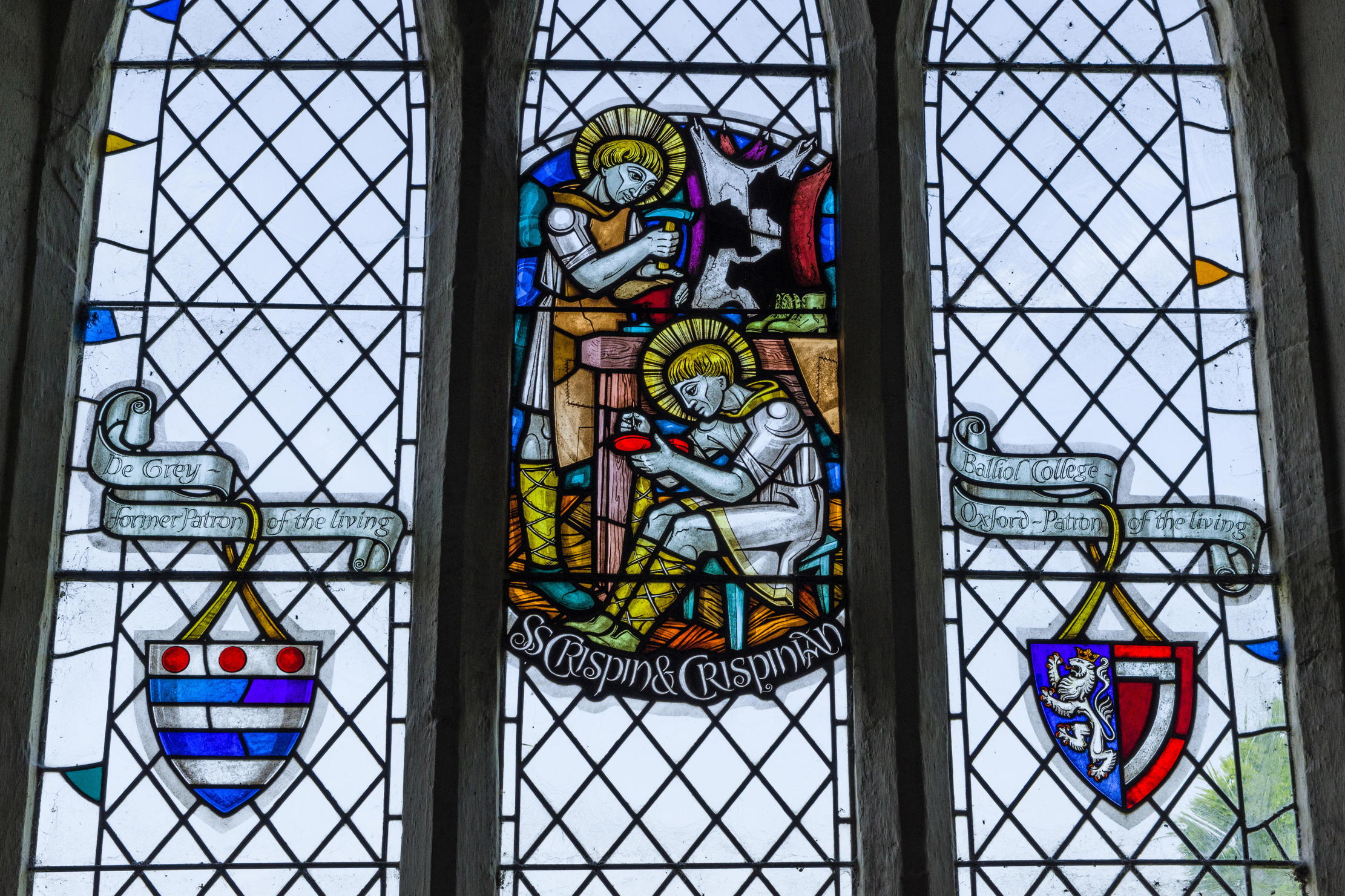 Who was the real St Crispin, and what did he have to do with the Battle of Agincourt?
Who was the real St Crispin, and what did he have to do with the Battle of Agincourt?You have questions about Shakespeare's most famous speech. We have answers.
-
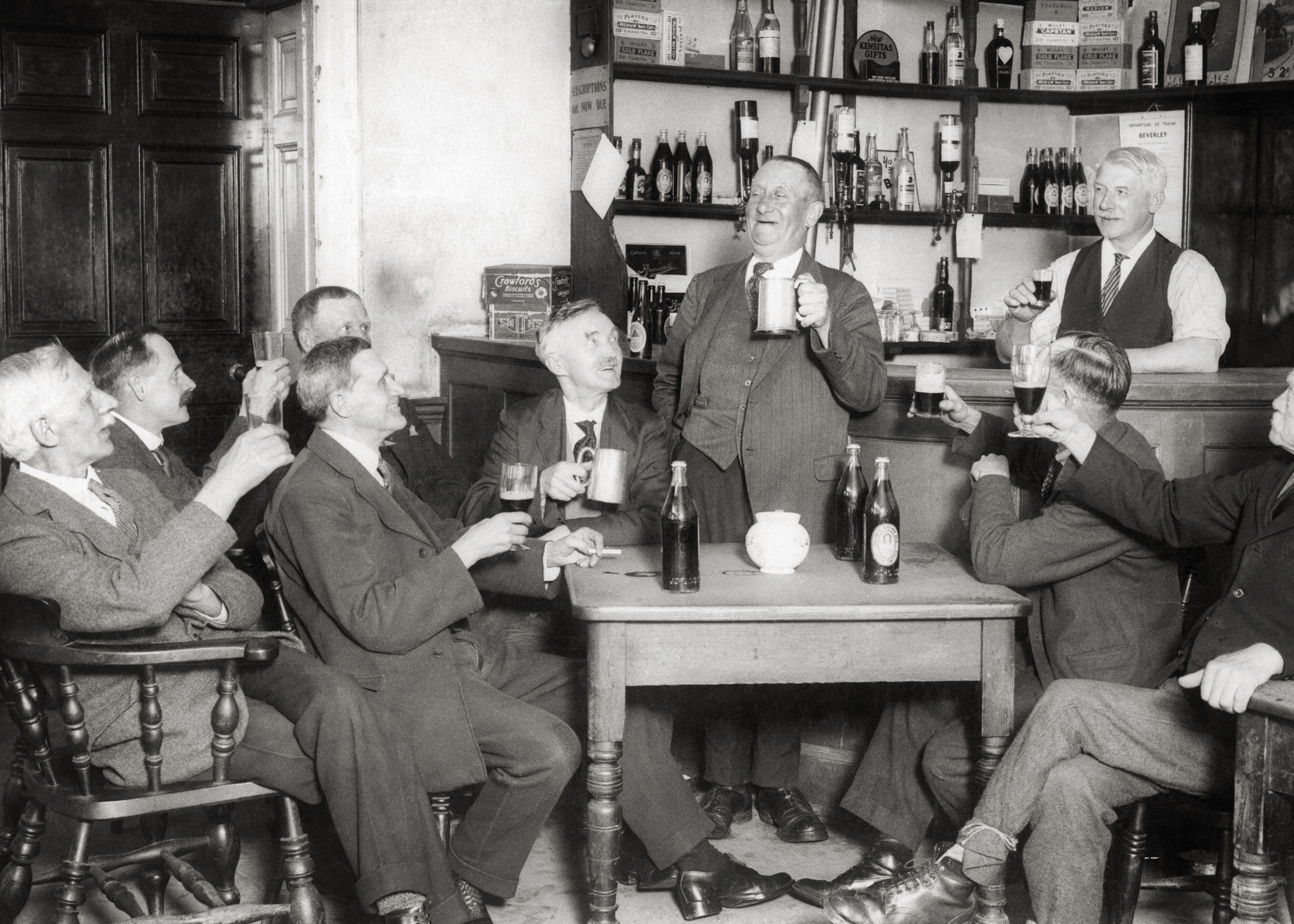 Do you know your apple-catchers from your tittamatorter? Take a crash course in the UK's local languages
Do you know your apple-catchers from your tittamatorter? Take a crash course in the UK's local languagesWith experts warning that regional accents could disappear within decades, our sometimes quaint and, often, bizarre dialect words are becoming ever-more precious.
-
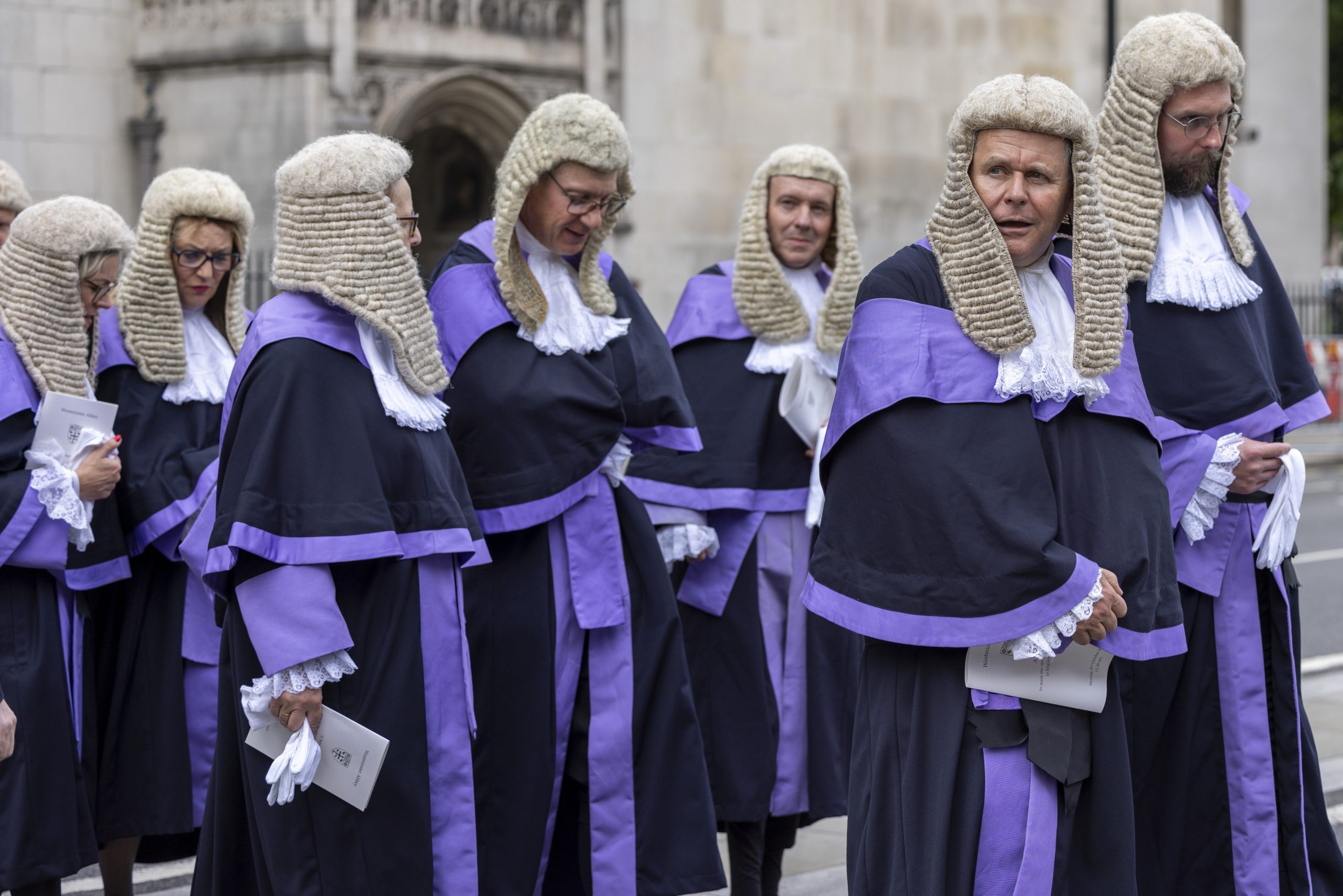 Curious Questions: Why do barristers and judges wear wigs?
Curious Questions: Why do barristers and judges wear wigs?Like marmalade on toast, saying sorry and the Shipping Forecast, there are few things more typically British than the courtroom wig. Agnes Stamp explains why our barristers and judges wear them.
-
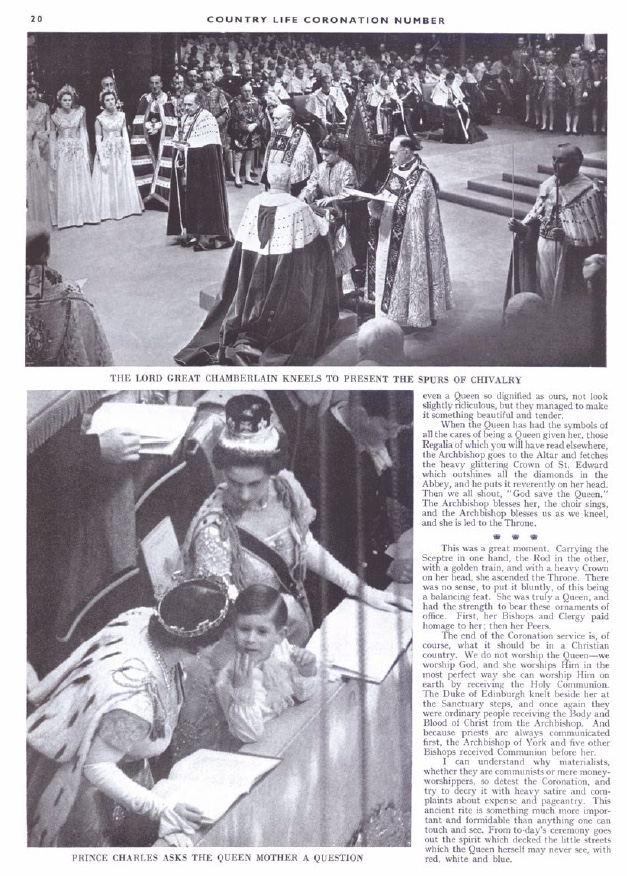 What it's like to have a prime seat at a Royal Coronation by John Betjeman, who reported for Country Life in 1953
What it's like to have a prime seat at a Royal Coronation by John Betjeman, who reported for Country Life in 1953The late, great Poet Laureate John Betjeman was among the congregation when Her Majesty Queen Elizabeth II was crowned in 1953 — and he wrote about it for Country Life. We're very proud to reproduce that article now — The Queen's Coronation: In The Abbey by John Betjeman.
-
 Curious questions: Did the modern Olympics really start in Much Wenlock?
Curious questions: Did the modern Olympics really start in Much Wenlock?Martin Fone traces the history of the Olympics and examines the contribution of Shropshire doctor William Penny Brookes.
-
 Curious Questions: What was the first ever televised sporting event?
Curious Questions: What was the first ever televised sporting event?Over 20 million people have been tuning in to watch England's stirring exploits at Euro 2020, and the huge numbers look only set to get bigger as the summer goes on. It's a far cry from the first ever televised sporting event, almost a century earlier, as Martin Fone explains.
-
 Curious Questions: Is the chocolate side really the top of a Jaffa Cake?
Curious Questions: Is the chocolate side really the top of a Jaffa Cake?Martin Fone discovers nothing is quite as it seems in the world of Jaffa Cakes — including whether they are a biscuit or a cake or whether chocolate sits at the top.
-
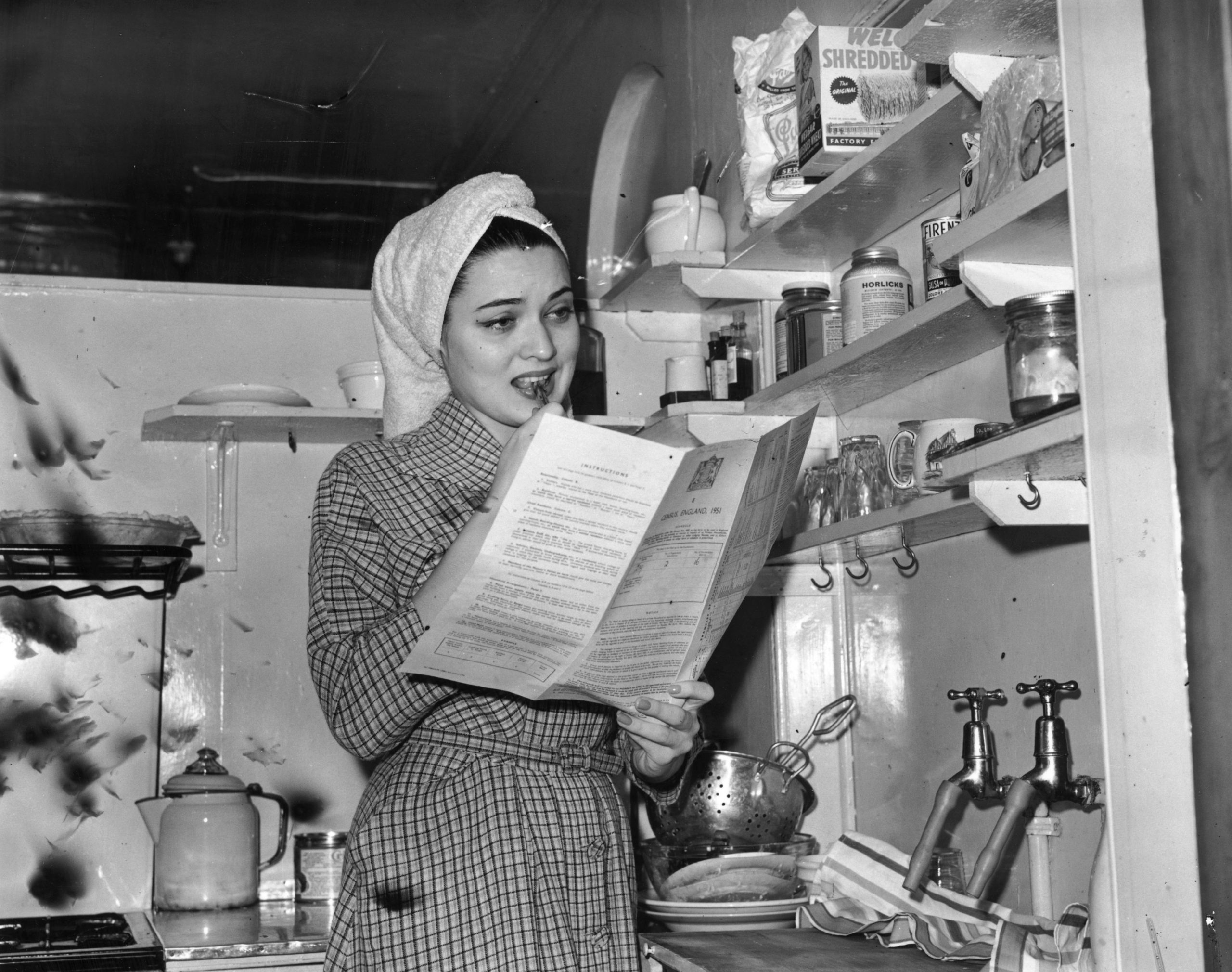 Curious Question: When was the first census held?
Curious Question: When was the first census held?As the UK prepares to compile this decade's census, Martin Fone retraces its history.
